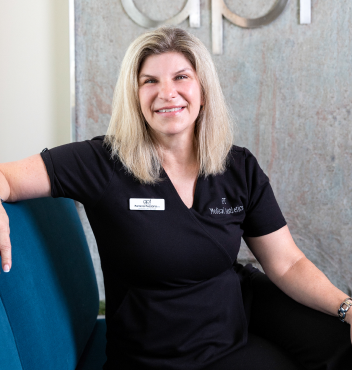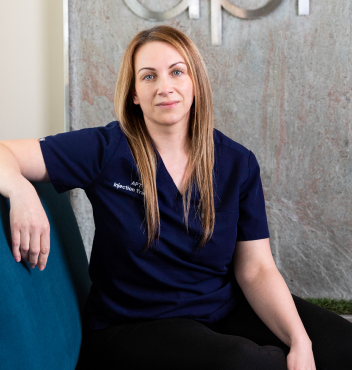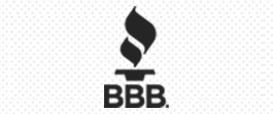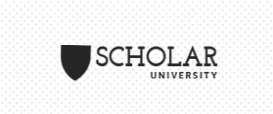blog
Mastering Muscle Assessments – Essential Tips for Injectors to Improve Treatment Precision
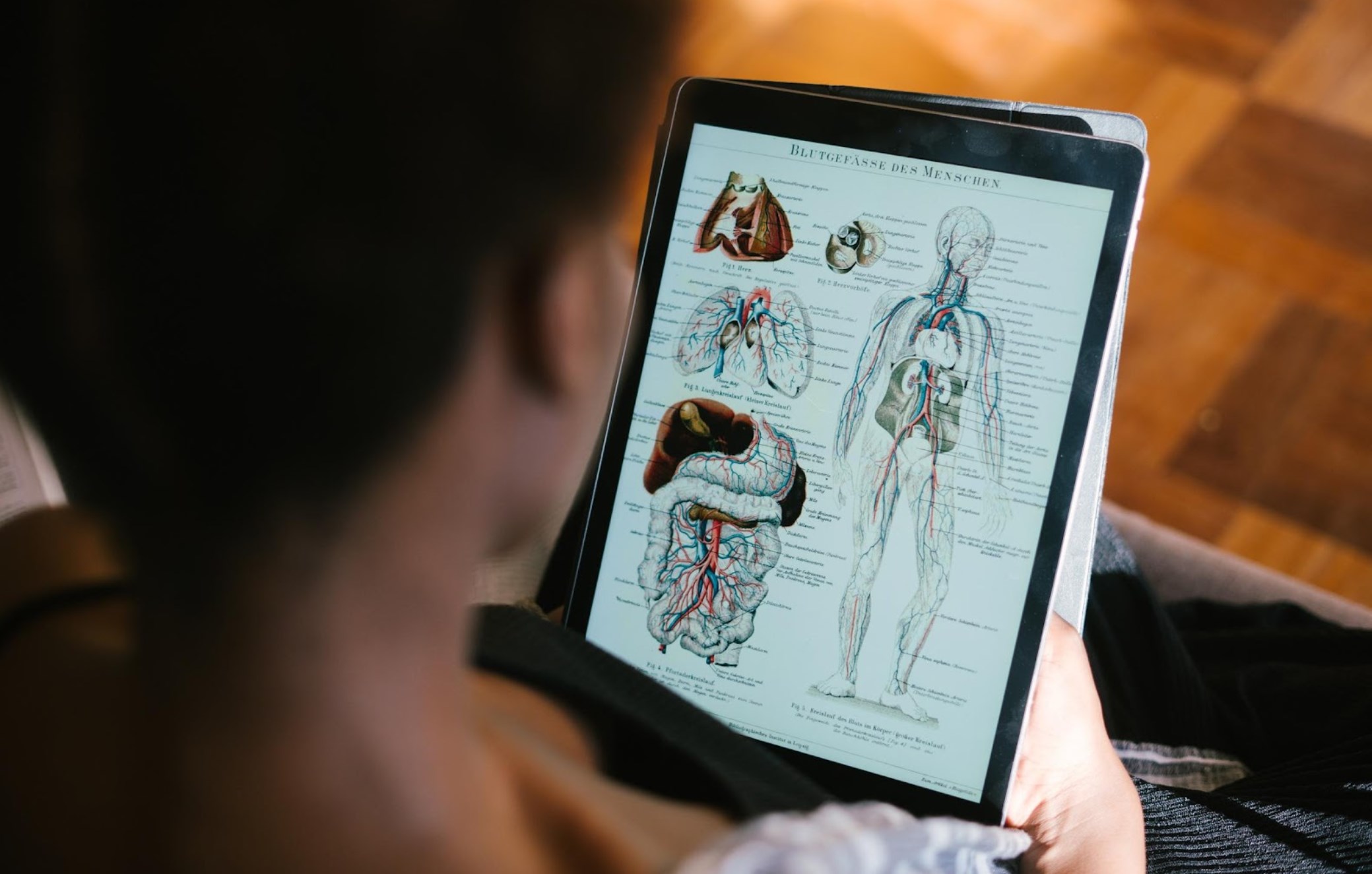
Apr 25 2025
Reading Time: 8 Minutes
Author:
When it comes to neurotoxin injections, precision is everything. The difference between a beautifully balanced, natural-looking result and an uneven, ineffective outcome often comes down to one critical factor – accurate muscle assessment. Understanding how to evaluate muscle strength, movement, and function is a fundamental skill for any injector, whether you are just beginning your training or looking to refine your expertise.
Many new injectors focus heavily on dosage and injection technique, but without proper muscle assessment, even the best products will not deliver optimal results. Why does one patient need more units of Botox© than another? Why does the same injection pattern produce different results in different clients? The answer lies in the unique anatomy, muscle activity, and strength variations of each individual patient.

All images used under license from Canva. © APT Medical Aesthetics, 2025. All rights reserved.
If you are looking to enhance your injectable skills and patient outcomes, this guide will provide you with expert tips and tricks for assessing muscle movement and strength. Whether you are treating the forehead, crow’s feet, masseters, or DAO muscles, these techniques will help you develop a more refined and customized approach to neurotoxin injections.
Why Muscle Assessment Matters in Aesthetic Injectables
Each patient has a unique facial anatomy and muscle composition. Even if two people have similar aesthetic concerns, their muscle strength, recruitment patterns, and responsiveness to neurotoxins can vary significantly. This is why a one-size-fits-all approach to neurotoxin injections does not work.
By properly assessing muscle movement and strength before injecting, you can provide patients with the following.
- Customize dosing for optimal results – Avoid overcorrection or under-treatment.
- Enhance patient satisfaction – Deliver balanced, natural-looking results.
- Minimize complications – Reduce the risk of drooping, asymmetry, or unnatural expressions.
- Improve treatment longevity – Optimize product placement for longer-lasting effects.
Without a thorough muscle assessment, even experienced injectors risk unintended outcomes, such as uneven brows, excessive heaviness in the forehead, or an unnatural frozen look.
Key Techniques for Assessing Muscle Strength and Movement
Before injecting neurotoxins like Botox©, Dysport©, Xeomin©, or Nuceiva©, take the time to perform a comprehensive facial muscle assessment. Here are some expert techniques below.
1. Observe Facial Expressions at Rest and in Motion
Ask your patient to relax their face completely and take note of their baseline muscle tone. Then, have them perform a series of movements to evaluate muscle activity.
- Forehead Lines (Frontalis Muscle) – Ask the patient to raise their eyebrows to assess the elevation strength and range of motion. Pay attention to the shape and height of the brow lift, as this will impact how neurotoxin treatment is planned.
- Frown Lines (Glabellar Complex – Procerus and Corrugator Muscles) – Have the patient frown deeply to see how much contraction occurs and whether their muscle pull is strong, moderate, or mild.
- Crow’s Feet (Orbicularis Oculi) – Ask the patient to squint or smile broadly to assess the depth and extent of lateral creases.
- Masseter Muscles (Jawline Slimming or TMJ Treatment) – Have the patient clench their jaw to determine masseter strength and prominence.

All images used under license from Canva. © APT Medical Aesthetics, 2025. All rights reserved.
2. Palpate the Muscles for Strength and Thickness
Using gentle but firm pressure, palpate the targeted muscles to determine density and strength. This is particularly important for deeper, thicker muscles like the masseters and mentalis.
- Stronger muscles may require a higher neurotoxin dose to achieve relaxation.
- Weaker muscles need lower dosing to avoid excessive paralysis and unnatural results.

All images used under license from Canva. © APT Medical Aesthetics, 2025. All rights reserved.
3. Check for Muscle Dominance and Asymmetry
Facial asymmetry is common, and some patients may have stronger muscle contraction on one side of their face. Identify dominant muscles by having patients repeat movements while comparing left-to-right strength differences.
For example, in the frontalis muscle, one eyebrow may lift significantly higher than the other, requiring an adjusted dosing strategy to prevent an uneven brow lift post-treatment.
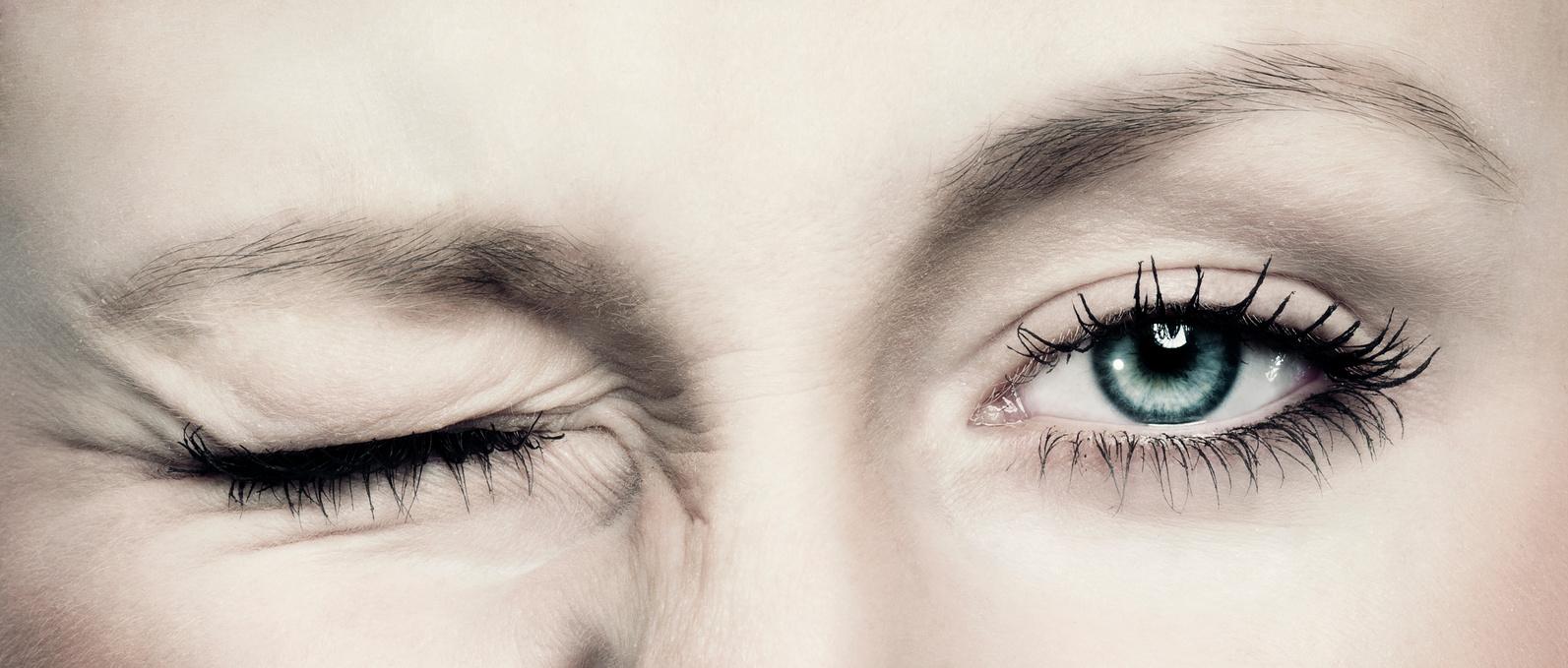
All images used under license from Canva. © APT Medical Aesthetics, 2025. All rights reserved.
Common Muscle Assessment Challenges and How to Overcome Them
1. Assessing the Frontalis in Patients With Heavy Brows
- Patients with strong orbicularis oculi pull may experience heavy brows post-treatment if the frontalis is over-inhibited.
- Solution – Use lighter doses in the lower forehead while treating the glabellar region to create lift instead of heaviness.
2. Identifying Strong Frown Lines With Deeply Set Glabellar Muscles
- Some patients have deep-set corrugator muscles that require a higher dose to achieve full relaxation.
- Solution – Use strategic injection points based on muscle bulk rather than just assessing where the static lines are.
3. Managing Hyperactive DAO (Depressor Anguli Oris) Muscles
- An overactive DAO muscle can pull down the corners of the mouth, contributing to a tired or sad expression.
- Solution – Treat carefully with small, precise doses to lift the corners of the mouth without over-inhibiting smile function.
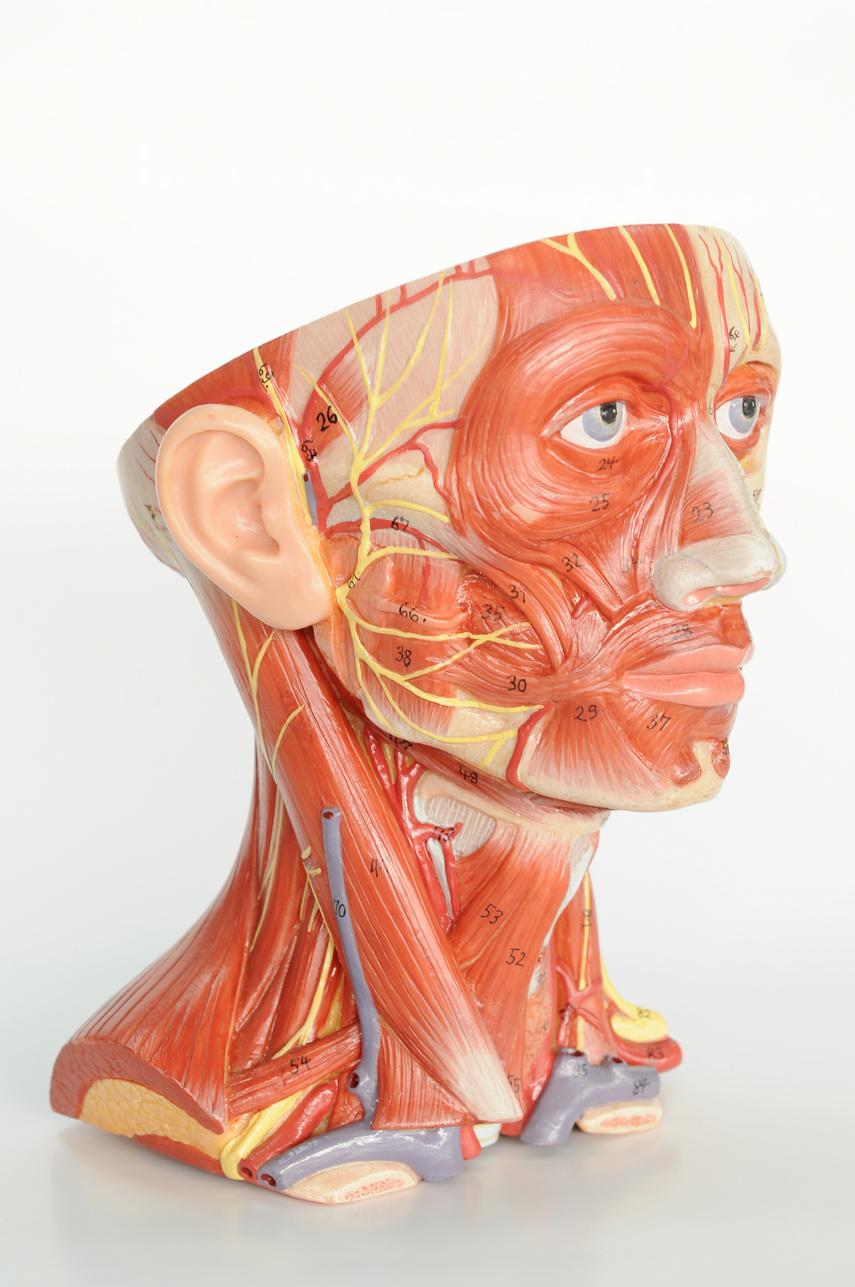
All images used under license from Canva. © APT Medical Aesthetics, 2025. All rights reserved.
A Real-Life Case – The Importance of Proper Muscle Assessment
A recent patient came in for forehead lines and brow lifting with Botox©. She had previously received injections at another clinic and complained that her brows felt too heavy and “pulled down” after treatment. Upon assessment, we found that her orbicularis oculi was strong, causing excessive downward pressure on her brow. Her previous injector had over-treated the frontalis without considering the opposing pull of the orbicularis oculi, resulting in unwanted heaviness.
Solution – We adjusted her neurotoxin dosing by the follow strategies.
- Using a lighter touch in the lower forehead to preserve some frontalis lift.
- Strategically treating the glabellar complex and lateral orbicularis oculi to counteract downward brow pressure.
The result? A more lifted, balanced, and refreshed appearance without the dreaded “heavy brow” feeling.
FAQ – Why Do Some Patients Require More Neurotoxin Units Than Others?
One of the most frequently asked questions from new injectors is why does one patient require only 10 units of Botox© for their forehead while another needs 20 or more? This variation can be puzzling at first, but the key to understanding it lies in each patient’s unique facial anatomy, muscle strength, and neuromuscular response to treatment. Unlike a standardized approach, which assumes that all patients respond the same way to neurotoxin injections, the reality is that muscle function and structure vary significantly from person to person, which influences the amount of neurotoxin needed to achieve optimal, balanced results.
Key Factors That Influence Neurotoxin Dosage
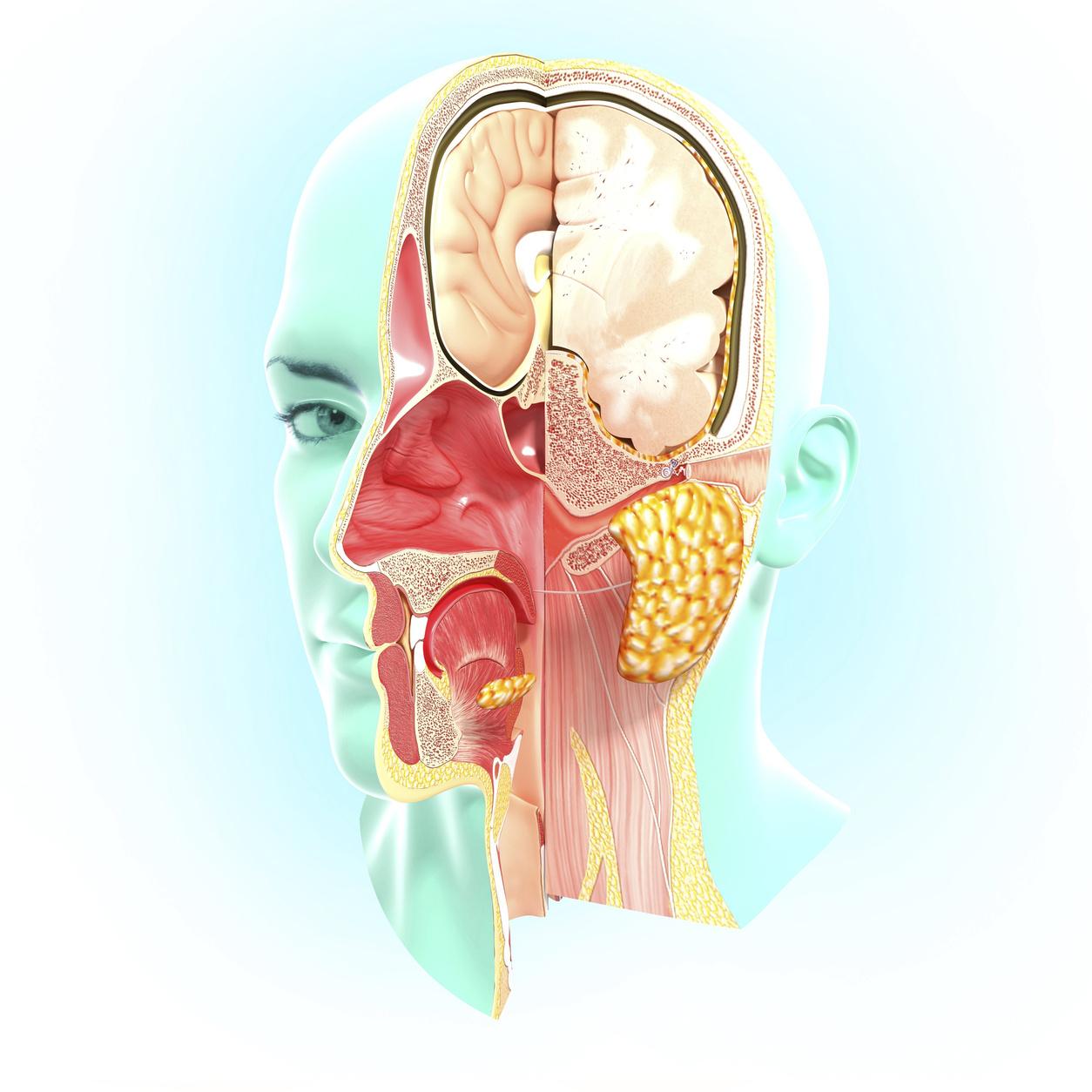
All images used under license from Canva. © APT Medical Aesthetics, 2025. All rights reserved.
1. Muscle Strength and Contraction Power
- Stronger muscles require higher doses. Some individuals naturally have more robust, active facial muscles that exert greater force when contracting. This is particularly noticeable in the frontalis muscle (responsible for forehead lines) and the glabellar complex (which causes frown lines). A person with a highly expressive forehead, for example, will need a higher dose of neurotoxin to effectively reduce movement compared to someone with weaker muscle contractions.
- Larger or thicker muscles require more units. In areas like the masseters (jaw muscles), which are commonly treated for jawline slimming or TMJ relief, individuals with naturally larger or more developed muscles will require more neurotoxin units to achieve adequate relaxation and contouring.
2. Neuromuscular Response and Metabolism
- Not all patients metabolize neurotoxins at the same rate. Some individuals break down neurotoxin products more quickly than others, meaning they may require a higher dose for the effects to last as long as someone with a slower metabolic rate.
- Genetic differences can impact neuromuscular sensitivity. Certain patients may have a higher tolerance or resistance to neurotoxins, requiring increased dosing or more frequent treatments to maintain results. In contrast, others may be more sensitive to neurotoxins and achieve the desired effect with a lower dose.
- Athletic individuals often need more product. Patients who engage in frequent exercise or high-intensity physical activity may experience a faster breakdown of botulinum toxin, meaning they require higher doses or more frequent touch-ups to maintain their results.
3. Facial Asymmetry and Muscle Dominance
- Most people have natural facial asymmetry. One side of the face is often stronger or more dominant than the other, requiring a slightly different dosing strategy to create a balanced, symmetrical result.
- Uneven muscle activity affects results. If one eyebrow naturally lifts higher than the other, an injector may need to adjust the neurotoxin units on each side to achieve an even outcome. Similarly, in the masseters, one side may be more hypertrophic than the other, requiring a higher dose to create a symmetrical jawline slimming effect.
4. Age, Skin Elasticity, and Wrinkle Depth
- Younger patients with minimal wrinkles typically need smaller doses of neurotoxin as a preventative measure, while older patients with deeper, established lines require higher doses to effectively soften wrinkles.
- Skin elasticity also plays a role. In patients with looser skin, the neurotoxin diffusion pattern may be different, requiring an adjusted dosing approach to prevent unintended heaviness or incomplete wrinkle reduction.
- Patients with significant collagen loss may require a combination of neurotoxin and other treatments (such as dermal fillers or skin-tightening procedures) to achieve optimal rejuvenation results.
5. Aesthetic Goals and Desired Outcomes
- Some patients want a subtle, natural look. In these cases, a lighter dose is used to allow for soft movement and prevent a completely frozen appearance.
- Others prefer a more dramatic, wrinkle-free effect. These patients often request a higher dose to fully relax the targeted muscles for a smoother, longer-lasting result.
- The best approach is to have a clear consultation. By discussing the patient’s treatment goals, muscle strength, and previous neurotoxin experiences, injectors can tailor the dosing strategy for the most satisfying outcome.
Why a Standardized Dosing Approach Doesn’t Work
Many new injectors rely on preset neurotoxin dosing charts, which suggest a fixed number of units for each treatment area. While these guidelines offer a useful starting point, they do not account for the wide range of individual differences in muscle activity, anatomy, and neuromuscular response.
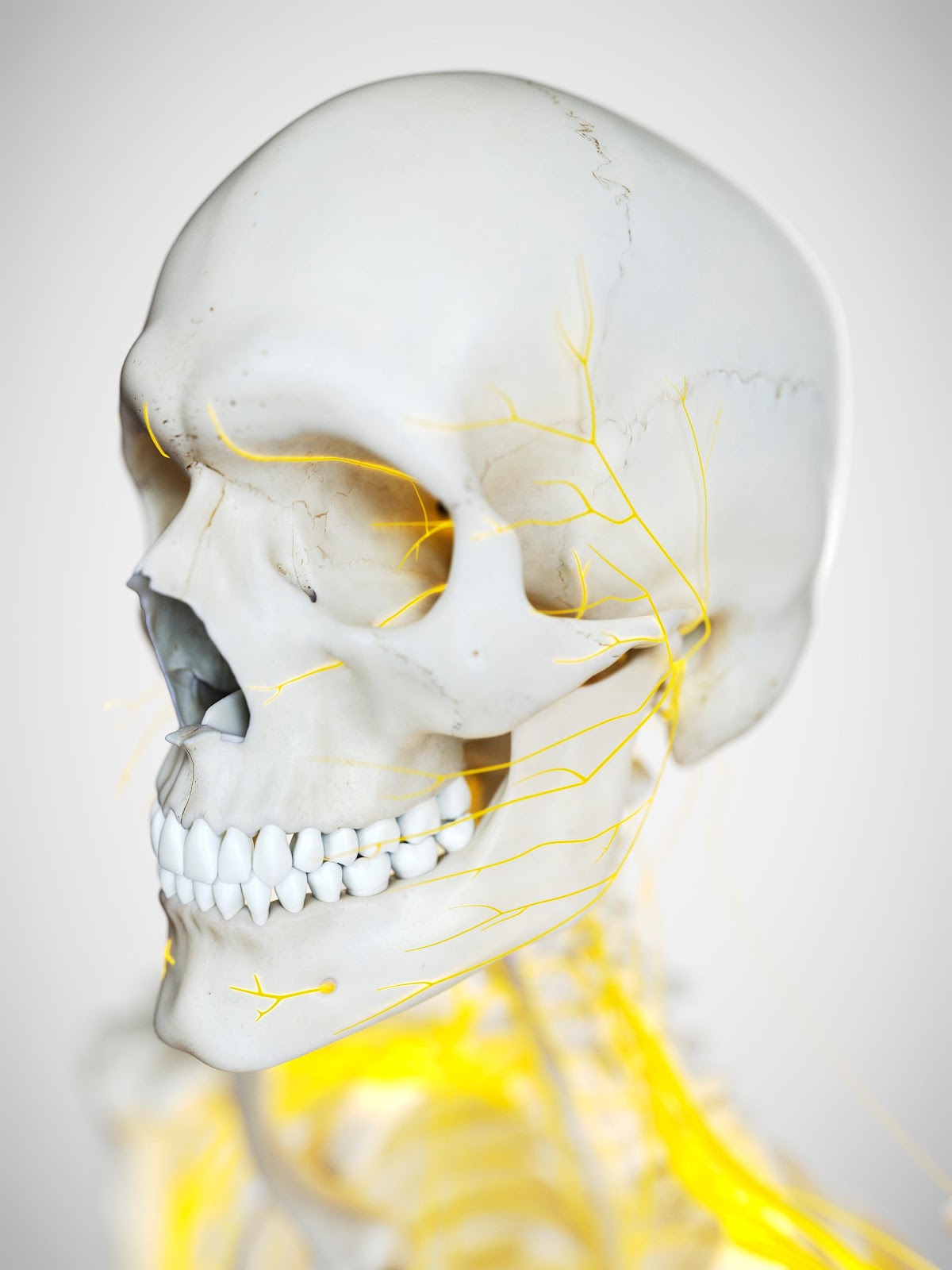
All images used under license from Canva. © APT Medical Aesthetics, 2025. All rights reserved.
For example, one patient may require only 10 units of Botox© in their forehead to achieve noticeable results, while another patient with a stronger frontalis muscle or deeper wrinkles may need 20 or more units to create the same level of relaxation. Similarly, a patient with high metabolic activity may experience shorter-lasting results, necessitating a slightly higher dose or more frequent maintenance treatments.
A thorough muscle assessment is essential before every treatment to help with the following.
✔️ Determine the ideal neurotoxin dose based on individual muscle strength and activity.
✔️ Ensure even, symmetrical results by adjusting for muscle dominance and facial asymmetry.
✔️ Avoid under correction (which leads to ineffective results) and overcorrection (which can cause unnatural expressions).
✔️ Enhance patient satisfaction by tailoring the treatment to their specific aesthetic goals.
Take Your Injectable Skills to the Next Level With APT Injection Training
Becoming a skilled injector requires more than just learning injection points – it requires understanding muscle movement, strength variations, and how to tailor treatments for natural-looking results. At APT Injection Training, we offer comprehensive, hands-on training to help regulated healthcare professionals refine their assessment, injection techniques, and clinical expertise.

All images used under license from Canva. © APT Medical Aesthetics, 2025. All rights reserved.
Whether you are new to injectables or looking to advance your skills with expert-led training, our programs provide the practical knowledge and confidence you need to excel in aesthetic medicine.
Connect with us today to learn more about our training programs and take the first step toward mastering the art of injectables.
Tips to be a
Successful Injector!
Free E-Book download
 Student Log in
Student Log in
 1267 Cornwall Rd, Unit 300, Oakville, Ontario L6J 7T5
1267 Cornwall Rd, Unit 300, Oakville, Ontario L6J 7T5

 (289) 271-5718
(289) 271-5718






